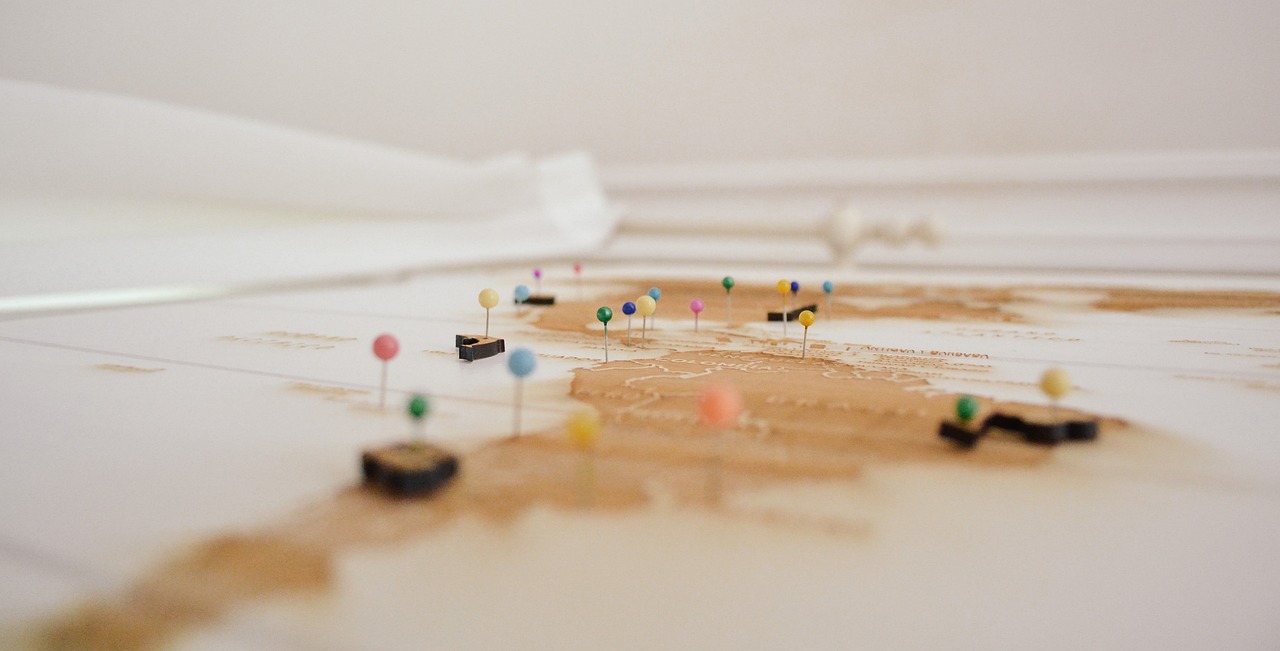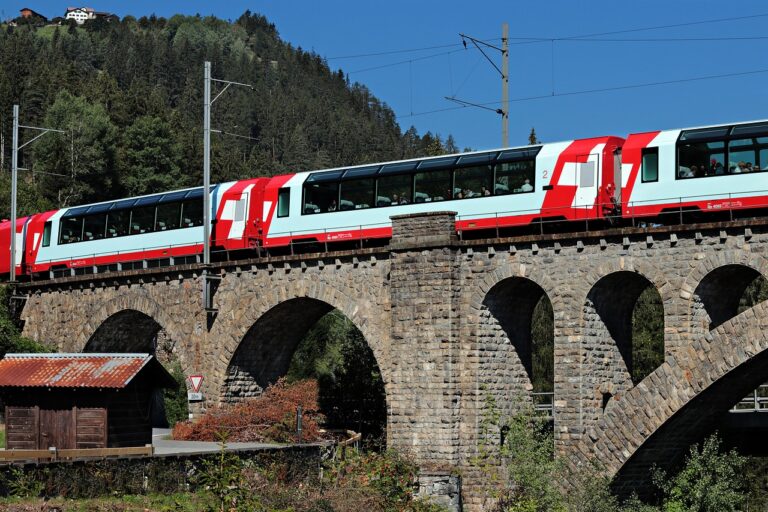Traveling for Dance Enthusiasts: Exploring Iconic Dance Studios
Ballet, a timeless art form that has enraptured audiences for centuries, has its origins deeply rooted in the bustling city of Paris. Paris, known for its rich cultural history and artistic vibrancy, played a crucial role in shaping the development of ballet as we know it today. The city’s grand theaters and prestigious dance academies provided the perfect setting for ballet to flourish and evolve into the exquisite form of dance that it is.
In the 17th century, King Louis XIV of France, a passionate dancer himself, established the Académie Royale de Danse in Paris, marking a significant milestone in the history of ballet. This institution laid the foundation for formalized ballet training, setting the standards for technique, discipline, and artistic expression that continue to be upheld in the world of dance. The fusion of graceful movements, elaborate costumes, and evocative storytelling became synonymous with the Parisian ballet scene, establishing Paris as a beacon of innovation and creativity in the realm of classical dance.
Uncover the History of Flamenco in Seville
Flamenco, a passionate and vibrant form of Spanish dance and music, has deep roots in the city of Seville. The history of flamenco is intertwined with the cultural heritage of Andalusia, where this art form originated. Seville, as one of the major centers of flamenco, has played a significant role in shaping and preserving this rich tradition.
The origins of flamenco can be traced back to the diverse cultural influences that have shaped Andalusia throughout its history. From the musical traditions of the Moors and Gypsies to the folk dances of the region, flamenco has evolved into a powerful expression of emotion and storytelling. In Seville, flamenco can be experienced in intimate tablaos, where talented artists showcase their skills in an authentic and passionate performance.
What is the history of flamenco in Seville?
Flamenco has deep roots in Seville, dating back to the 18th century. It was influenced by various cultures, including the Moors, Gypsies, and Andalusians.
How did flamenco develop in Seville?
Flamenco developed as a form of expression for the marginalized communities in Seville, such as the Gypsies. It combines music, dance, and singing to tell stories of love, loss, and hardship.
What role does Seville play in the flamenco world?
Seville is considered one of the birthplaces of flamenco and continues to be a hub for flamenco performances, festivals, and schools. Many famous flamenco artists have come from Seville.
Can visitors experience flamenco in Seville?
Yes, visitors to Seville can experience flamenco performances in various venues throughout the city, including tablaos (flamenco bars) and theaters. Flamenco shows are a popular attraction for tourists in Seville.





